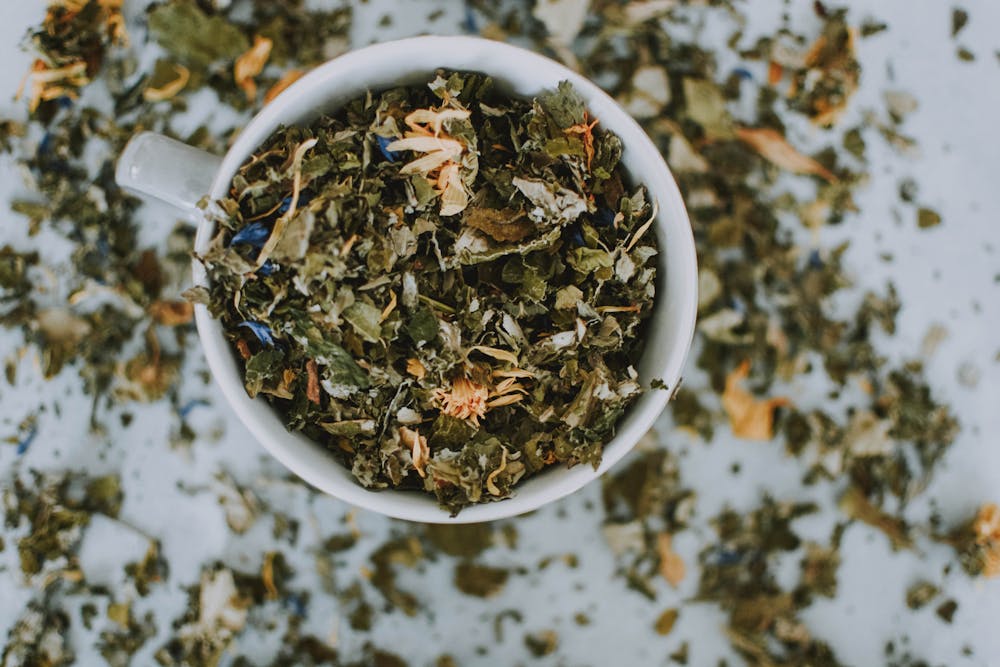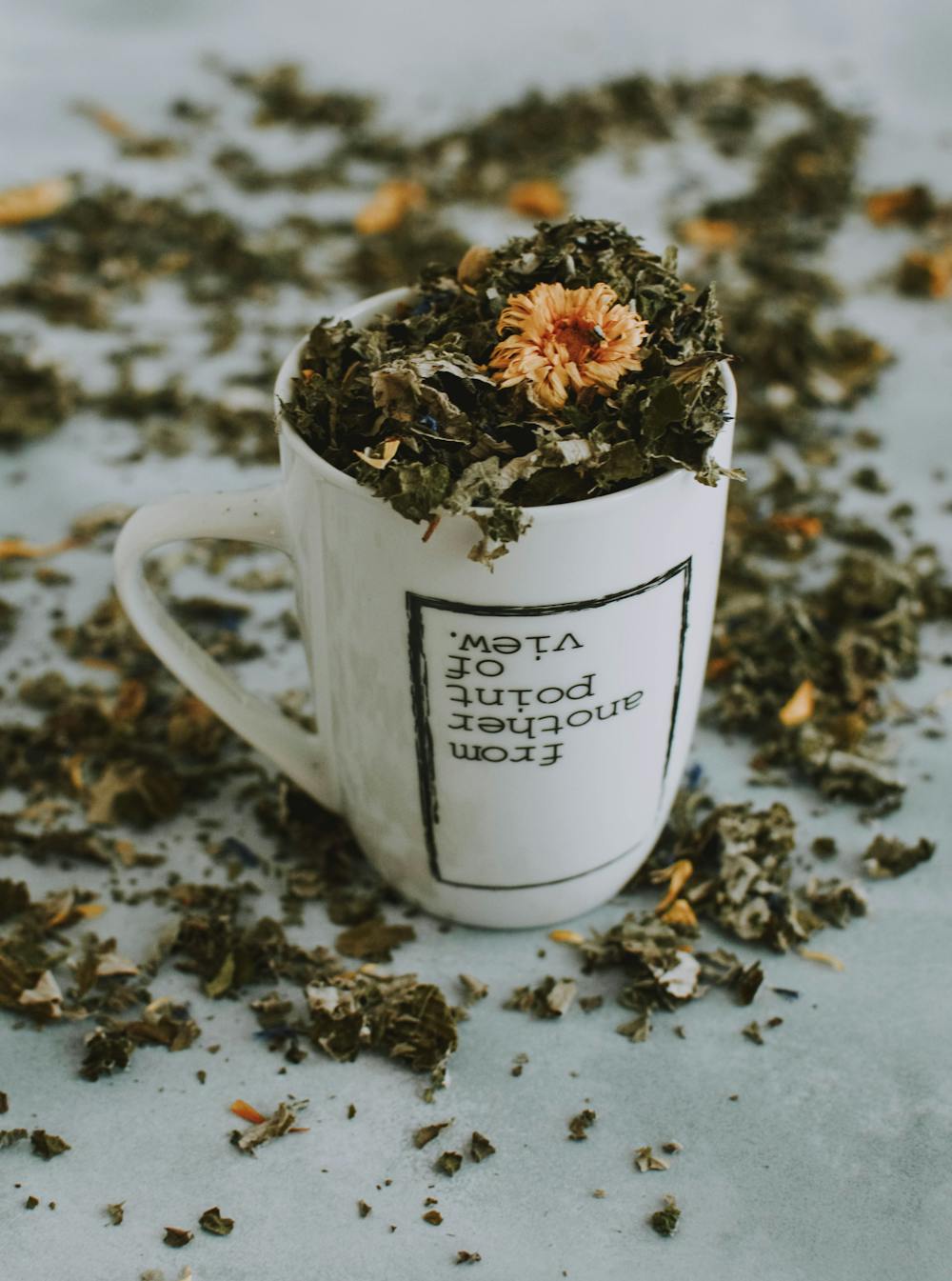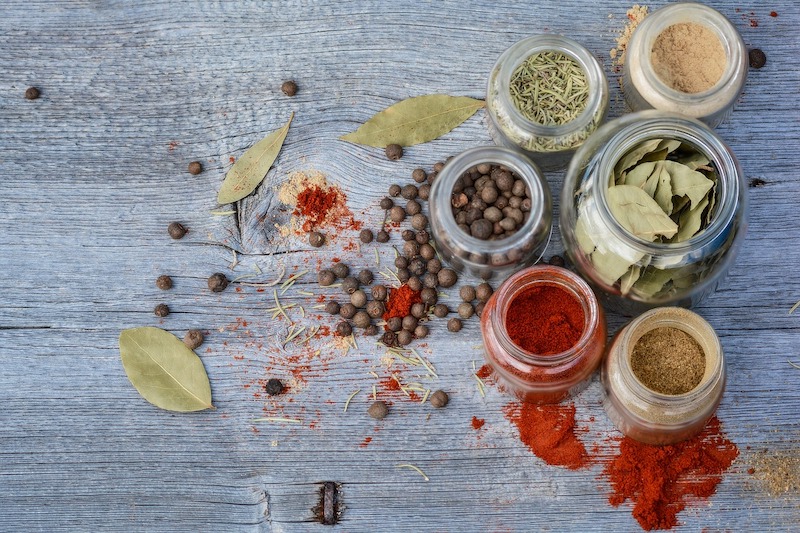Do you grow your own herbs, like basil and oregano? In that fortunate case, you should think about learning how to dry herbs with that culinary gold mine at your disposal!
How To Dry Herbs: Tips and Tricks on Preserving Herbs
Fresh, potted, or dried herbs from the supermarket can be costly. So if you're lucky to have a herb garden, it would be best to learn how to dry herbs for your own use, or even for sharing. Because wouldn't it be splendid to smell the aroma of your own herbs even in winter? If you've already tried drying herbs once and didn't get your desired result, I have good reasons for you to give it another try. Drying your own herbs reassures you that you only serve and eat foods of the best quality. Not to mention, you get a steady supply of only homemade goodness for your recipes. With this guide, you'll instantly learn how to dry herbs. Find out how to make this happen as you read through!
Why Dry Your Own Herbs?

Nothing can be said more about how perfect herbs are for boosting our ordinary dishes. To dry herbs is to preserve their goodness and flavor for future use. You get to ensure yourself and your family you're serving them only the best. Because isn't homemade synonymous to the best?
To add to the many wonders of DIY dried herbs, it's not only used for completing your specialty dishes. You can also go into dried herb crafts. They make perfect, natural, air and room deodorizers you can use at home, or give away as a gift.
How To Harvest Herbs For Drying

It's important to use organic herbs for drying so you only dry the freshness and not the harmful chemicals used in fertilizers and pesticides.
Harvest your herbs before the first flower opens, in mid-morning when the dew has dried. Herbs are in their tip top shape at this time and are not wilted from the heat of a noon sun.
Use a pair of good scissors or pruning shears for clean cuts. Make sure to cut only the best stems or branches for drying herbs. You can do away with the unhealthy and wilted leaves. Although your herbs are organic, you still need to wash them gently and pat them dry to make sure no insects or insect leavings and dust are in your herbs.
Methods For Drying Herbs
There are herb-drying methods that work only for certain herbs, and for a certain climate. If you truly want to learn how to dry herbs, it's important to know the different methods so you can decide which one would be best for you.
Method 1: Oven Drying

Herbs with high moisture content like basil, mint, and tarragon won't do for slow drying methods such as air and solar drying. It would be best to oven-dry them since the high moisture level in these kinds of herbs could spoil them in slow drying.
Place your herbs on a cookie sheet, then put them in an open oven at less than 180 degrees Fahrenheit for two to four hours. Note that over-drying can cause the herbs to be cooked, and lose some of its flavors.
Method 2: Air Drying
This method is best with low moisture herbs like sage, oregano, rosemary, and thyme. In fact, this good old method has been used in preserving herbs for ages.
To do it at home, you just have to harvest and prepare herbs. For fast drying, tie them upside down in small bundles, in a well-ventilated area of your home. You can wrap them in paper bags to let them absorb moisture easily, and to prevent dust from settling in. Poke several holes in the bag for ventilation.
Method 3: Solar Drying

Besides air drying, this method could be the most inexpensive, yet effective method for drying herbs. You simply have to harness the power of the sun, as those who came before us had done.
Ideally, a temperature of at least a 100 degrees Fahrenheit in your area is perfect for solar drying. You can dry them inside your home behind your glass window, or behind the windshield of your car. The key is to keep the area well-ventilated, and covered with something transparent to prevent direct exposure to the sun. Too much exposure may cause bleaching.
Method 4: Microwave Drying
This method, although, convenient is not recommended for drying herbs with high moisture content. But it's absolutely perfect for rosemary and thyme.
You simply have to strip the leaves and place them in between paper towels. To dry your herbs, start on high power for 1 minute, then allow a 30-second rest. Then give it another round of 30 seconds in high power, and 30-seconds rest.
Method 5: Machine Drying
There are a number or different models of machines or food dehydrators available in the market. They may be costly, but they can save you some bucks over time. These machines are perfect for drying spices and herbs.
Instructions for drying are made available with the food dehydrator.
How To Store Your Dried Herbs
Whatever method you're using, your herbs are ready for storage when they easily crumble. To retain the best color and flavor of your dried herbs, you must store them in a cool, dry, and dark place.
Specialty bottles for dried herbs can be expensive. So you can do it like me and you can use those unused canning bottles you've got in your storage. As long as your bottles are clean and stored well to prevent oxidation in the lids and covers, they will do. You can also use plastic zip lock bags, especially for herbs with broader leaves. Just make sure to label and date your bottles or any storing materials before keeping them.
How To Use Your Homemade Dried Herbs
Since dried herbs are packed with flavor, every tablespoon of fresh herbs is equivalent to a teaspoon of dried herbs.
It's preferable to keep your dried herbs whole rather than crushed until it's time to use. This is to retain excellent flavor in the herb's essential oils. So if you have dried herbs with broader leaves like bay and sage, keeping them in ziplock bags would be ideal. You can just crush them when it's time to use them for your dishes. They can last for a year but you have to use up the dried herbs before that.
Watch this video from Planet Natural Garden Supply for more ideas on how to dry herbs:
Thinking to dry those herbs you usually just prune and waste away? Now you've learned how to dry herbs, you can dry as many as you like. But make sure to do it one herb at a time, until you've got the hang of it. Those on hand dried herbs will make such splendid presents for your friends, and such great meals for your family.
Do you know other methods on how to dry herbs? Are you planning on drying some herbs straight from your garden? Share your thoughts in the comments section below!
Want to have an indoor herb garden? These Garden Season tips and tricks might just be useful!
For more gardening ideas, follow Garden Season on Facebook, Pinterest, Twitter, and Instagram!
This post was originally published in August 2016 and has been updated for quality and relevancy.



